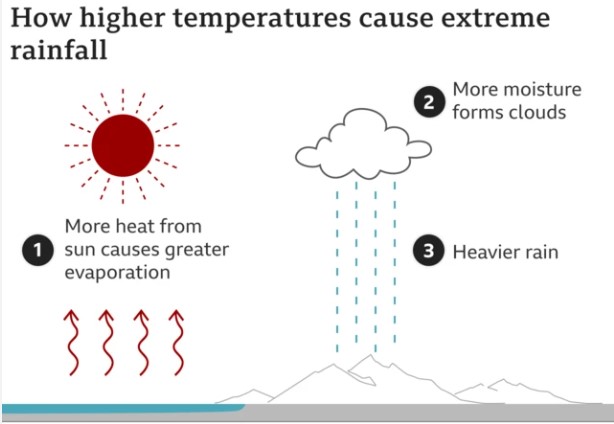7667766266
enquiry@shankarias.in
Severe flooding events have been occurring across the globe in Europe, Arab and American regions.
El Niño and La Niña are climate patterns in the Pacific Ocean that can affect weather around the world and these are part of the El Niño-Southern Oscillation (ENSO) cycle, which is characterized by opposing climate patterns.

An estimated 89% of people exposed to high flood risk live in low- and middle-income countries and Most live in South and East Asia, with 395 million exposed people in China and 390 million in India.
Reference